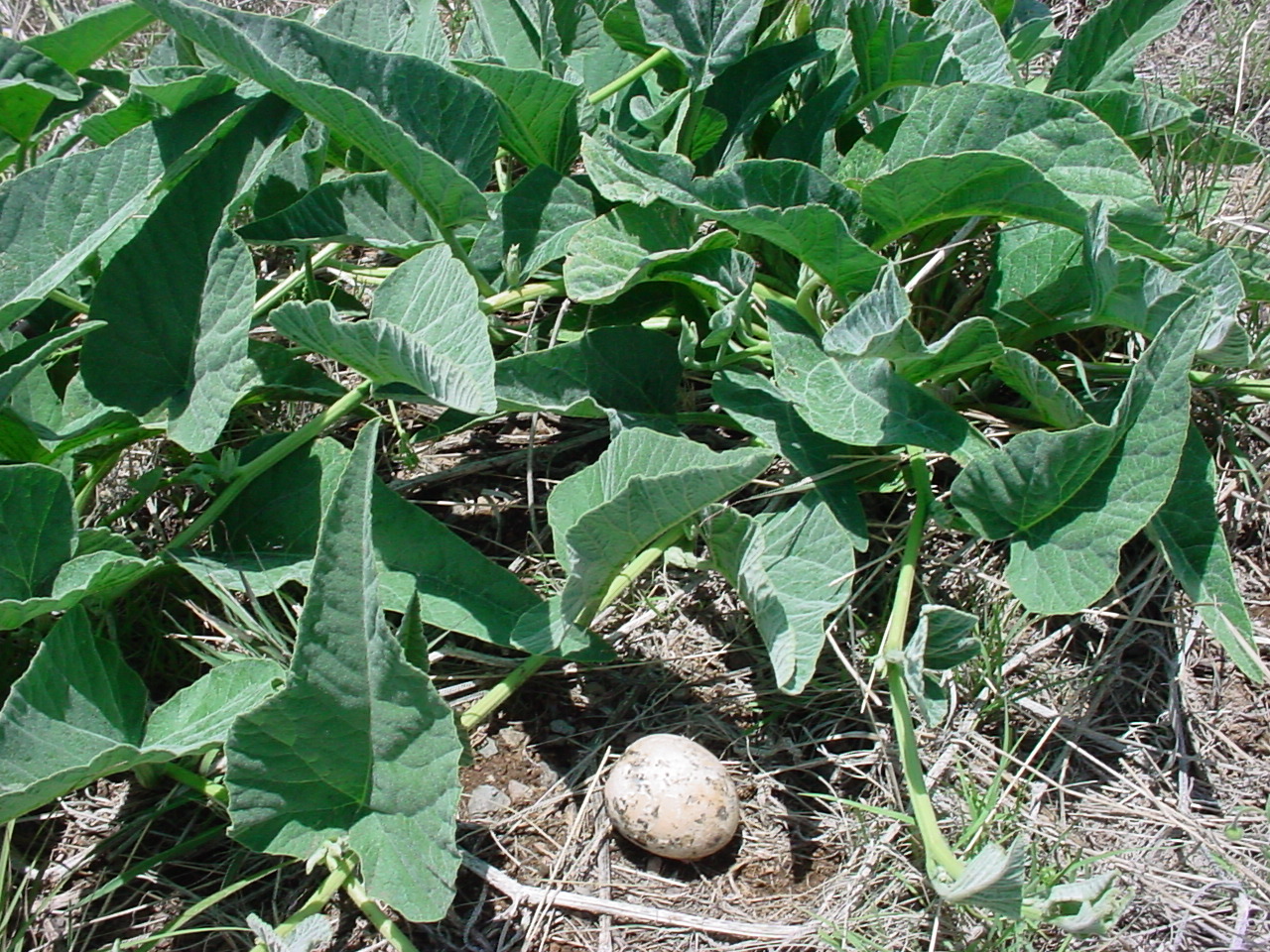I was asked if Cucurbita foetidissima, either the fruit or the vine/leaves, would be safe to feed tortoises, and, not knowing the answer, I present the question here.



Anyone know the answer?



Anyone know the answer?